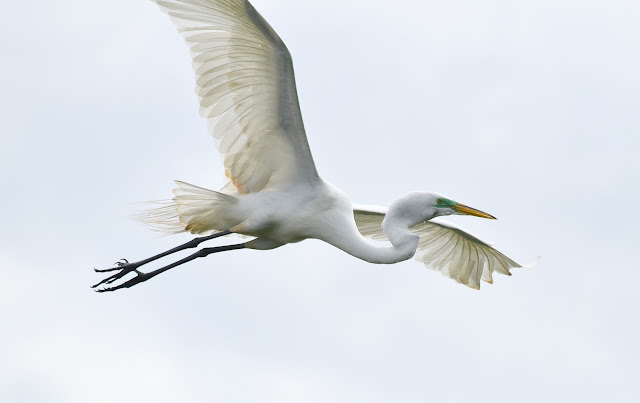Once again this year, the yard did not have much to offer to migrating birds in spring, March/April. A few freezes during winter had affected most plants and there were hardly any flowers to attract hummingbirds and other birds.
Then we had a pretty rough summer, and it started early. May was hotter than usual, and June which brings the most rainfall of the year was dry! Every week, the news people updated drought conditions in the area, and the hottest July ever recorded with hardly any rain put our area in extreme drought. Burn bans were in effect throughout the state, and watering plants had to be done only on certain days. The poor plants were bearing the brunt. Blooms looked smaller on some plants like Duranta, while native plants like Salvias, Cosmos, Rudbeckia, seemed to be faring much better.
I read people posting that the hummers were in the area and were visiting yards frequently. No sighting was recorded in my yard all of July. In the first week of August, I saw them a couple of times, but only for a moment or two. I was beginning to feel bad. These little guys have the power to uplift the mood immensely. Last year, they had made the garden their home for over a month! I had written about it here.
From mid-August, the rain department decided it was time to bless the scorching earth and we had several showers that seemed to transform the garden! Plants reward you with blooms almost immediately.
The hummingbird favorites from last year- Celosia spicatas were throwing out flower spikes of pink all over the yard. Duranta flowers got bigger and more abundant, the cute red Cypress vine flowers began to appear. A Mexican sunflower plant that was eaten up by rats and rabbits two or three times finally managed to grow and the first flower appeared in the last week of August. Zinnias in a variety of colors added oomph, and so did four to five kinds of salvias!
With such a colorful garden beckoning, the little guys soon were seen visiting often.
A new favorite this year was this Vitex. I have the faint pink, almost white variety as opposed to the common purple one. They are seen feeding on it very often.
A female Ruby-throated Hummingbird feeding on Vitex
A cattle panel arch is their favorite perch. Lots of drama as they sit there resting between feeding flights.
 |
A Male Ruby-throated Hummingbird |
And off again to the Celosia spicata for a sip

Most of the time, just the male or the female visit the garden, but lately, I have seen both resting on the cattle panel sometimes. On this day, they were sitting beside one another, but by the time I got my camera, one had moved.
I hope they are here for a few more weeks before heading down south for the winter.




































































